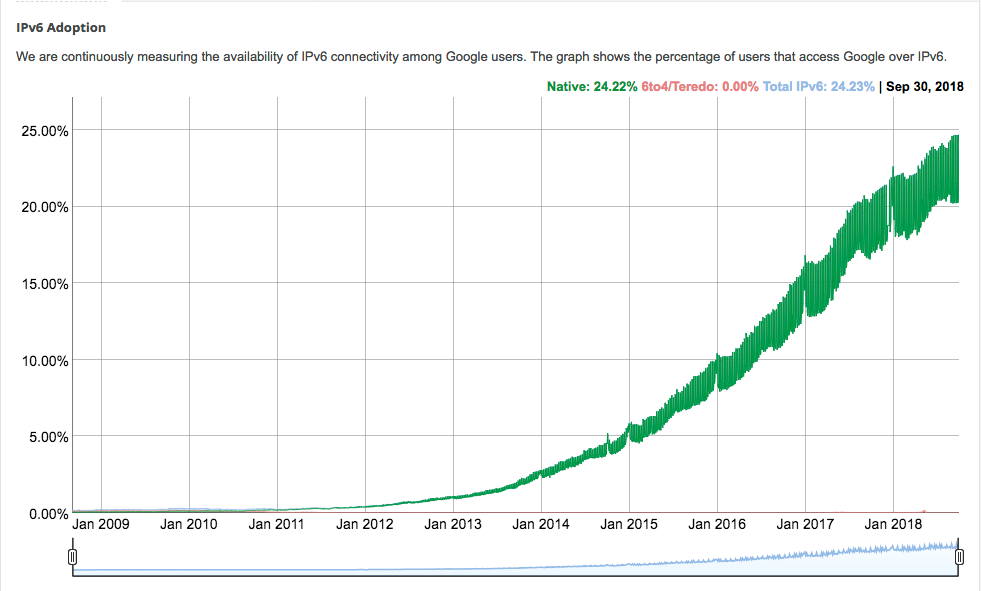Dear Colleagues:
-
I am new to this forum. So, please pardon my ignorance, and coach me along. Thanks a lot in advance.
-
Our team has come upon an approach nicknamed EzIP (phonetic for Easy IPv4) that can expand each public IPv4 address by 256M (Million) fold, utilizing the long-reserved yet hardly-used 240.0.0.0/4 block, to create a RAN (Regional Area Network) that can serve an area as big as the largest city (Tokyo Metro) or 75% of countries around the world. The
RANs occupy a newly identified cyberspace between the public WAN (the Internet) and the private LAN / HAN (business and private networks). This approach resolves the IPv4 address pool depletion issue, as well as introduces a few interesting benefits. The following is a proposal that we have submitted to IETF:
https://tools.ietf.org/html/draft-chen-ati-adaptive-ipv4-address-space-03
-
Since each of these RANs (called "sub-Internet" in the Draft) architecturally appears to be a private premises (or simply an IoT) tethering off the end of the access channel to an Internet ER (Edge Router), we thought that the closest existing physical product to verify
the basic function of the implementation module, SPR (Semi- Public / Private Router) would be an RG (Routing / Residential Gateway). To facilitate the development of the rest of the SPR functions, we thought that an OpenWrt supported RG probably is the optimal baseline vehicle. -
Going through the OpenWrt website, I am impressed by the amount of work that has been done. As a newcomer, however, I do not know how to choose from the long list of hardware. What I am looking for is an OpenWrt supported router that can perform the functions expected from the SPR on page 8 0f the following whitepaper. It is essentially an extra stage of the common RG, but based on 240.0.0.0/4. I am hoping some of the current
OpenWrt supported RGs on the market can be quickly configured to deliver this. I have come across a few topics on this website mentioning 240.0.0.0/4. But, with my limited knowledge, I can not tell whether they imply that this address block will be routed or blocked.
https://www.avinta.com/phoenix-1/home/EzIPenhancedInternet.pdf
- After verifying the architecture as above, the next step will be enhancing the software in this RG with the capability to recognize an EzIP header (IPv4 header with EzIP Option Words) as described in the IETF Draft above. So that a plain router, instead of a NAT, function will be provided to the associated packet.
I would appreciate very much any guidance that could be offered.
Regards,
Abe (2018-10-01 14:01)
VP Engineering
Avinta Communications, Inc.
Milpitas, CA, 95035 USA
